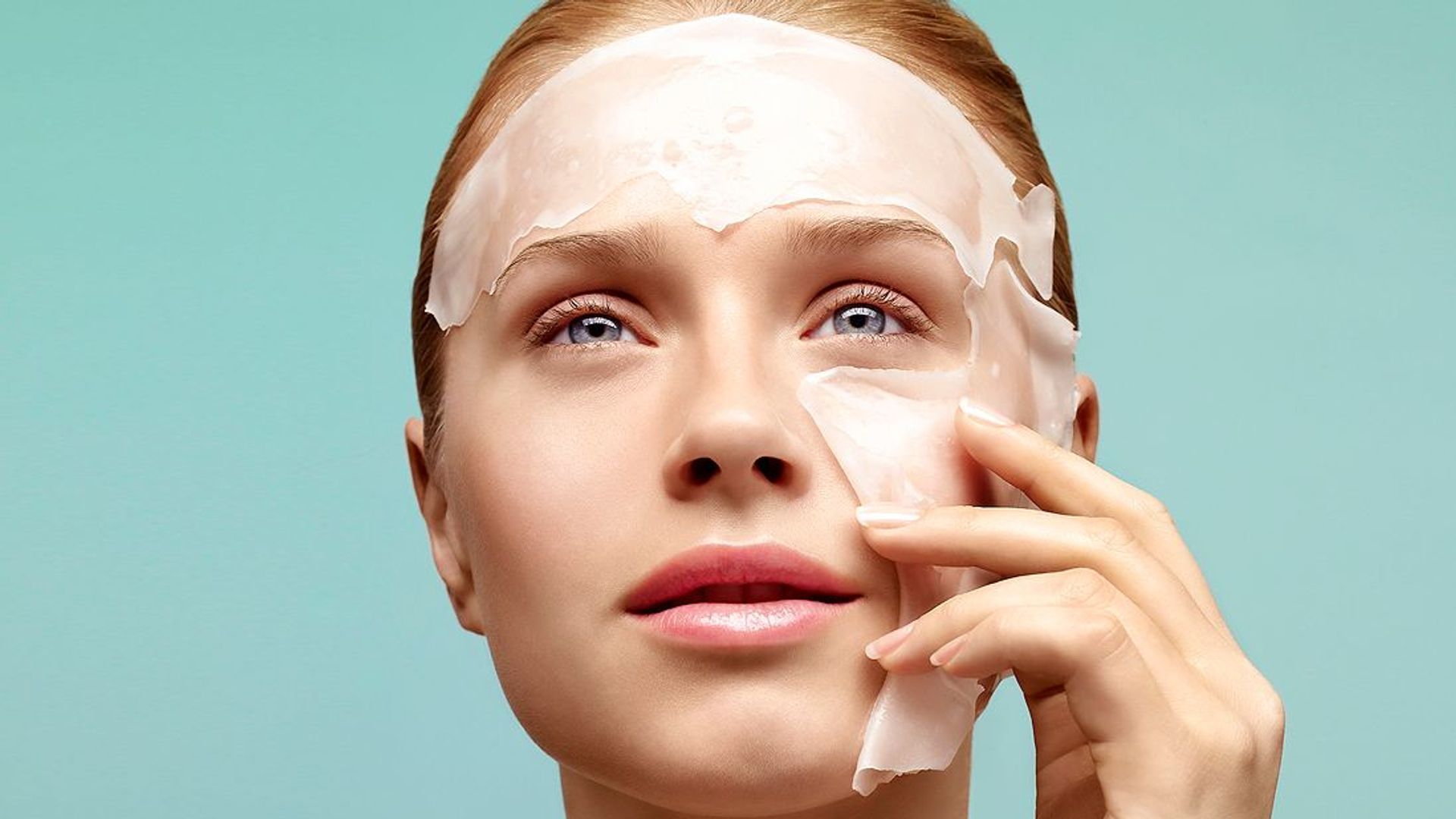Introduction:
Chemical peels are becoming a well-liked and effective skincare procedure that helps revitalize and revitalize the skin. Chemical peels are now a standard procedure in dermatological clinics and beauty salons around the world due to its ability to treat a variety of skin issues. This comprehensive guide will reveal the application, considerations, and wellbeing associated with chemical peels, shedding light on their transformational ability to achieve skin that is radiant and youthful.
- Knowledge of Chemical Peels Chemical peels are non-invasive cosmetic procedures in which chemical solutions are applied to the skin to stimulate controlled exfoliation and subsequent skin renewal. These responses are meticulously articulated using certain acid absorptions, such as trichloroacetic acid (TCA), alpha-hydroxy acids (AHAs), and beta-hydroxy acids (BHAs), that are tailored to address various skin concerns and depths of exfoliation.
- Chemical Peel Types:
- Superficial Peels: • Determined by calculating the skin’s outermost layer.
- True when describing minor imperfections in the skin, such as harsh coloration, fine wrinkles, and acne.
- Glycolic acid and lactic acid are common AHAs.
- Medium Peels: • Aim for the upper dermis and hide by penetrating deeper into the skin.
- Realistic in addressing sun damage, uneven skin tone, and mild wrinkles.
- Acid commonly used: TCA.
- Deep Peels: • Direct the dermis into the skin’s genuine layers.
- Perfect for delivering prominent sun damage, deep blemishes, and severe wrinkles.
- Phenol is a common acid.
III. Chemical Peel Advantages:
- Skin Rebuilding: Biochemical peels stimulate the production of collagen, enhancing the feel and elasticity of the skin.
- They lessen the appearance of wrinkles, age spots, and fine lines.
Peels have the ability to reduce pore size, giving the appearance of smoothness.
- Management of Hyperpigmentation: Biochemical peels aid in the fading of hyperpigmentation brought on by melisma, sun damage, or acne scars.
- They make dark spots less noticeable and encourage a more uniform skin tone.
- Acne Management: Peels laudably address acne by minimizing sebum production, unclogging pores, and exfoliating the skin.
- They prevent further vacations and lessen the effects of acne scars.
- Better Texture: Biochemical peels can lessen the visibility of acne scars, rough spots, and uneven texture by removing the outer, damaged layer of skin, revealing a smoother, more youthful appearance.
- Enhanced Skincare Product Immersion: Substance peels boost and give greater realism to the skincare product immersion by removing dead skin cells.
- Points to Remember and Precautions:
- Seek Professional Advice: Prior to undergoing a substance peel, it is imperative that you receive professional advice from a dermatologist or skincare specialist.
A skilled practitioner can determine your skin type, address your concerns, and recommend the ideal peel for you.
The healing period is longer for deeper peels than for apparent peels, which usually have little to no interruption.
It’s imperative to adhere to post-peel instructions about sun protection, skincare practices, and avoiding strenuous activities.
- Potential Side Effects: • Infection, scarring, and skin color changes are uncommon issues that biochemical peels may result in. Proximal side effects include rawness, edema, and shedding.
- Conclusion:
A controlling technique in skincare is chemical peelings.

